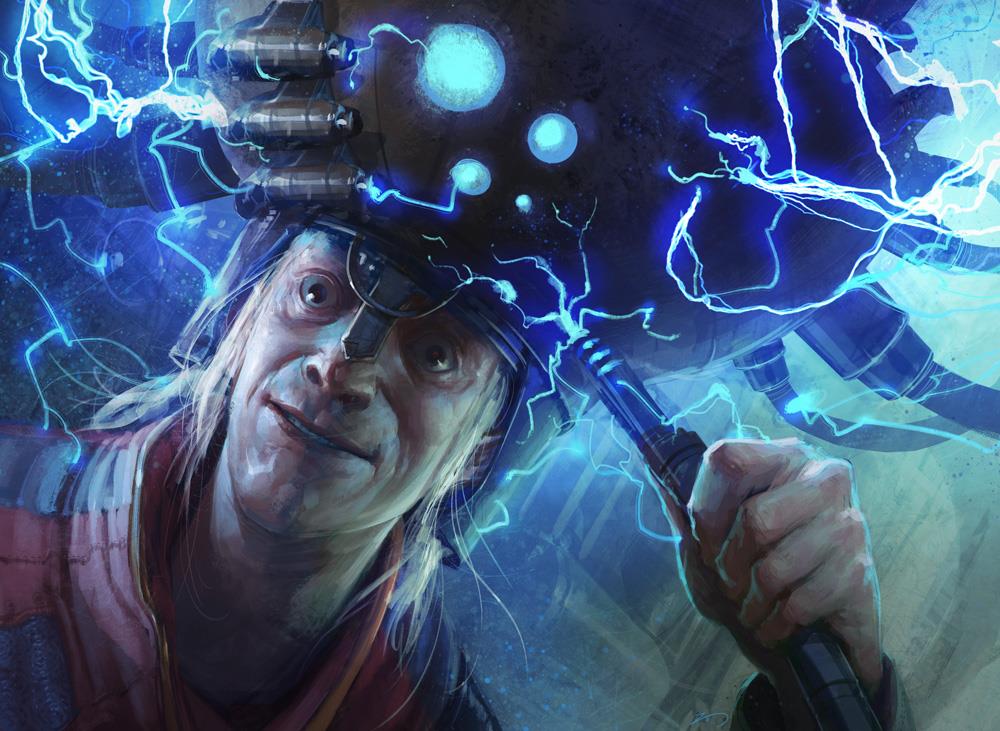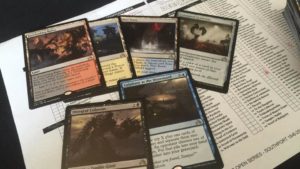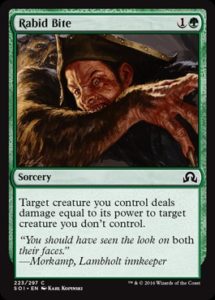Winning when your limited luck is down!

This will be a two part article, the first about how to turn luck in your favour when you open a mediocre sealed pool and how to maximise your performance, the other some thoughts about how to spot weakness in opponents deck and how to exploit this.
This article starts with the weekend where I played some of the most exciting magic I have played in years and got rewarded handsomely with prize money and booster packs. If you had asked me how I felt at the start of the Troll Trader Cards Open Southport Limited tournament, I would have probably moaned your ears off at how despicable my sealed pool was, and how the £400 first place prize seemed un-achievable. You see these were my rares……..

Now I have written several articles before on how I don’t believe in luck and that its effects on the game are minimal if you maximise your luck while planning for your opponent’s. However, this is sealed and I was certain I would play against the double Archangel Avacyn, Sorin, Grim Nemesis and multiple other good rares deck at some point in the day (for those of you wondering I did in round 2 and it absolutely crushed me as expected). Gone are the days of old where eager mages would open boosters full of over costed feeble creatures and premium world atomising removal such that even having a rare in your deck was as rare as finding an expedition in your booster. Nowadays having at least one extremely powerful and game changing rare or mythic is standard and most wizards don’t leave the deck building area without at least a few rares…luck seemed insistent on proving its relevance to me!
I know winning a battle of sealed deck is not just about the rares by any stretch and unfortunately I don’t have the list for my whole pool but I can assure you I did not have many premium uncommons either and actually had a lot of life gain, fogs and uncommon lands making solid playables scarce….a 0-3 drop result seemed inevitable.
So what is a wizard to do when he is down on luck?
Well this is what I do and works for me
Step 1: Acknowledge that your pool is not good
Many people misjudge the power levels of their pools because it doesn’t just auto build itself and have a buffet of torturous removal and bulky fast creatures in colours they like. Make sure that you actually have a bad pool before going further.
Step 2: Look for strengths
Now we know that our pool couldn’t beat a 7 card hard on the draw we have to play a different type of game. Are there any crazy mind boggling synergies? Fixing aplenty so you can call upon all the mana to cast every one of the best cards that you opened?

Step 3: All decks have weaknesses
Ok so its code red, you have no synergies, you can’t fix your mana so the chance to play 20+ good cards is slipping further and further away and the people around you are starting to wonder if you have ever actually played a game of magic the gathering before…. What now??
This is the category my pool fell into, and in this situation I always try to exploit speed and mana. Every deck no matter how good can get slowed considerably by missing an early land drop or put on the back foot by missing early low drop creatures. It is now our plan to build to this in order to take advantage of opponent’s missteps and misplays.
Step 4: Build to your plan not your power
This is as simple as synergy, if your only hope of beating the better deck is by killing them before they leverage their overwhelming advantage and quality then don’t play your good defensive cards over your slightly more average aggressive ones
In my search for speed and aggression I played g/w which had the best curve and the most two and three drops. The only removal I had was a single Rabid Bite with less than 5 or 6 creatures greater than power 2 and only 1 greater than 3 power and a single Explosive Apparatus. I had no combat tricks, but did open two copies of expose evil which are great for this type of strategy. Lastly I chose to play some cobbled together janky equipment over Ulvenwald Mysteries despite it being a good card due to it not fitting into the overall strategy. Now it’s worth mentioning that I could have played a green/red deck with 23 overall more powerful cards and roughly 3 or 4 removal, however I didn’t because the curve was not smooth enough to consistently cast 2 drop 3 drop 4 drop and many of the cards filled very different roles. This is the exact case, where playing all of your best cards doesn’t give you a powerful or efficient enough deck.

These are the pre-game things I use to help in these situations. The next part of the two part article will look at spotting the weaknesses that might be present in an opponent’s deck and post deck building tips to keep you in the running.





